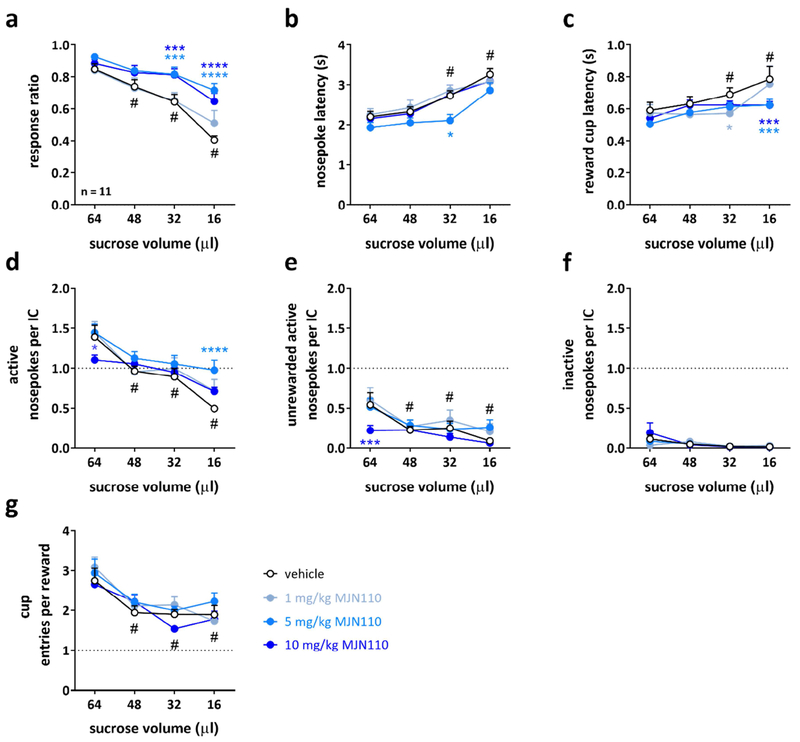Figure 3: Elevating 2-arachidonyl glycerol levels increases responding to incentive cues and decreases latencies to respond and obtain the reward at the low reward sizes.
Effects of 1, 5, and 10 mg/kg MJN110 on (a) the response ratio, (b) the nosepoke latency, (c) the reward cup latency, (d) the number of active nosepokes per IC, (e) the number of unrewarded active nosepokes per IC, (f) the number of inactive nosepokes per IC, and (g) the number of cup entries per reward in the decreasing reward IC task in rats (n = 11). Data is expressed as mean ± SEM in 15-min bins. Statistically significant differences between drug and vehicle as control treatment are indicated by asterisks (two-way repeated measures ANOVA, post-hoc Holm-Sidak correction, * P < 0.05, *** P < 0.001, **** P < 0.0001), while # indicates significant differences between sucrose volumes compared to 64 μl after vehicle treatment only.

